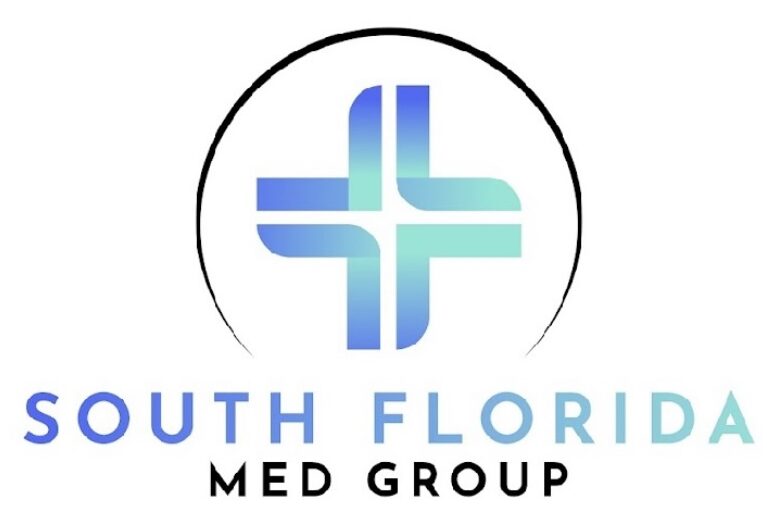Exosomes, once thought to be mere cellular debris, have emerged as pivotal players in intercellular communication and a promising frontier in regenerative medicine. These tiny extracellular vesicles, secreted by almost all cell types, carry a cargo of proteins, lipids, and nucleic acids, influencing various physiological processes. In the realm of dermatology and regenerative medicine, exosomes are increasingly recognized for their potential in skin rejuvenation, wound healing, and tissue repair.
Exosomes and Skin Health
At the forefront of dermatological research, exosomes are revolutionizing our understanding of skin health. These vesicles play a vital role in maintaining skin homeostasis, orchestrating a complex interplay between skin cells. In aging skin, where cellular communication is often compromised, exosomes from healthy cells can rejuvenate aging cells by transferring functional molecules. This rejuvenating property has immense potential in anti-aging therapies, offering a novel approach to restoring skin vitality and elasticity.
Moreover, in wound healing, exosomes accelerate the process by promoting collagen synthesis, enhancing fibroblast activity, and modulating inflammatory responses. This has significant implications in treating chronic wounds, burns, and surgical scars, where traditional treatments often fall short.
Exosomes in Regenerative Medicine
Beyond the skin, exosomes are making waves in the broader field of regenerative medicine. Their ability to facilitate tissue repair and regeneration is a game-changer in treating various injuries and diseases. For instance, exosomes derived from stem cells have shown promising results in regenerating damaged cardiac tissue post-myocardial infarction. Similarly, in orthopedics, exosome therapy is being explored to aid bone and cartilage repair.
The unique advantage of exosomes lies in their biocompatibility and ability to bypass immune responses, a common hurdle in other regenerative approaches. This positions exosomes as a safer and potentially more effective alternative to traditional cell therapies.
Future Prospects and Challenges
While the therapeutic potential of exosomes is undeniable, several challenges remain. One of the key issues is the standardization of exosome isolation and characterization methods. Ensuring purity and consistency in exosome preparations is crucial for their clinical application.
Furthermore, the regulatory landscape for exosome therapies is still evolving. As these therapies advance through clinical trials, establishing robust regulatory frameworks will be essential to ensure safety and efficacy.
Conclusion
The exploration of exosomes in skin health and regenerative medicine marks a new era in therapeutic approaches. With their natural origin and multifaceted functionality, exosomes have the potential to revolutionize treatment strategies across multiple medical disciplines. As research continues to unfold the myriad capabilities of these tiny vesicles, the future of regenerative medicine looks promising, offering new hope for patients seeking regeneration and rejuvenation.








